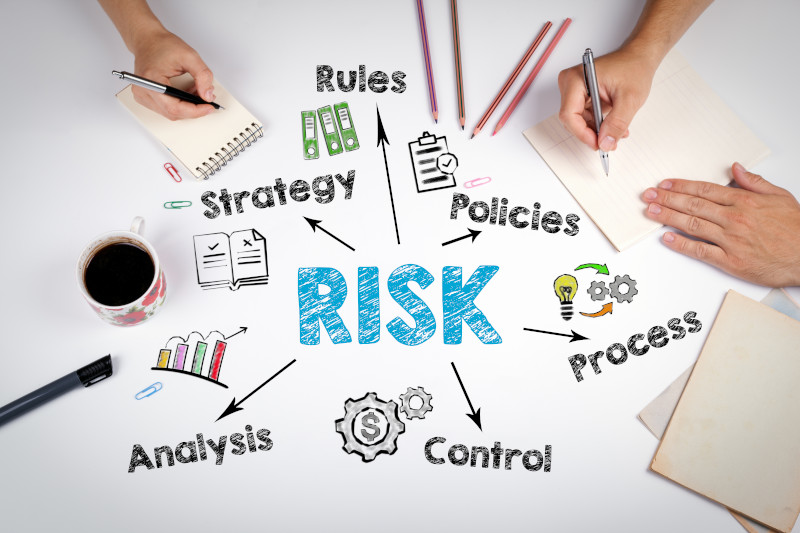Developed for cyber
Risk management approaches that are built around cyber security expertise


Cyber security is often the subject of much hype. Cyber, however, is just another source of risk for an organisation to handle. Good risk management is essential for organisations who want to improve their cyber security.
Risk management is a mature field but many of the traditional approaches, when employed dogmatically, are not effective at managing risks arising from cyber. Many existing risk management initiatives are conducted for compliance reasons and often quickly become expensive tick-box exercises that do little to reduce risk.
We help you define what is valuable and then use techniques to explore how this could be negatively impacted. We avoid using measures of likelihood as these are problematic in cyber security. Instead we help you explore how feasible cyber incidents could impact your organisation’s critical assets. This understanding can then inform resilience, detection and security control investments.
Find out more here.
We employ a range of techniques to help you prioritise where to spend your finite cyber security budget. Our objective is for your organisation to gain a clear understanding of the cyber associated risks it faces.

Risk management approaches that are built around cyber security expertise

Understand what you value and plan how to protect it

Risks identified are compatible with your existing risk management system
Traditional risk management processes often try to compare risks by assessing their likelihood. In some industries where there is a large body of statistically sound data (e.g. insurance) likelihood can be predicted accurately. Cyber security lacks this statistically sound data set and there are arguments that the dynamic nature of the environment will never see such a data set emerge.
Yes. Our risk management processes identifies risks that are consistent with ISO 31000 approaches. The main difference in our approach is that we do not use likelihood when analysing and evaluating risks. We instead focus on how cyber action could feasibly impact an organisation’s outcomes. The output of our work will be ISO 31000 defined risks, prioritised, and with mitigation actions recommended.




